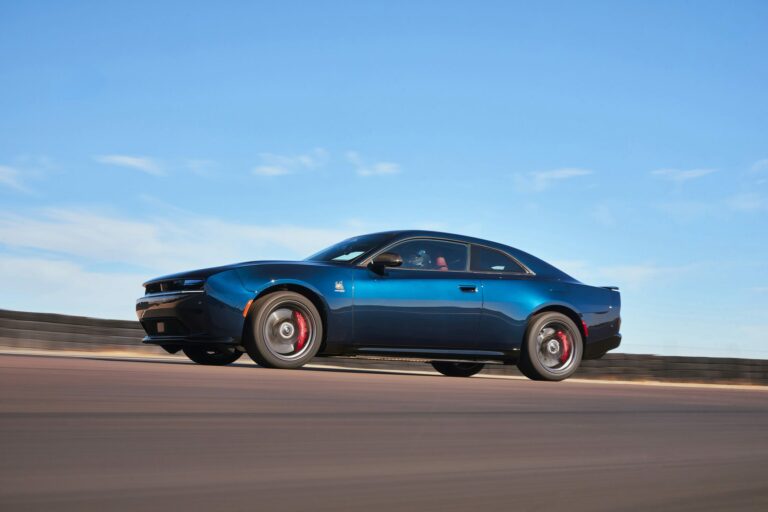The Next Generation of Battery Technology
The automotive industry is on the cusp of a revolution with the advent of solid-state batteries, promising faster recharging times, enhanced safety features, and higher energy density compared to traditional lithium-ion batteries. These advancements are crucial for the widespread adoption of electric vehicles (EVs).
What are Solid-State Cells?
Solid-state cells replace the liquid electrolyte found in conventional lithium-ion batteries with a solid separator. This innovation could lead to significant improvements in battery performance and safety. Major automotive manufacturers such as Honda and Toyota are investing heavily in the development of solid-state batteries, with plans to integrate them into their EVs before 2030.
Benefits of Solid-State Batteries
- Faster Recharging: Solid-state batteries can recharge more quickly than their lithium-ion counterparts.
- Improved Safety: The elimination of flammable liquid electrolytes reduces the risk of battery fires.
- Higher Energy Density: Solid-state batteries have the potential to store more energy, thus increasing the range of EVs.
Challenges and Developments
Despite the promising benefits, the development of solid-state batteries faces several challenges. The term “solid-state” encompasses various technologies, including semi-solid electrolytes and different materials for the separator and electrolyte. Companies are exploring different approaches, such as using ceramic-coated polymers or pure ceramics as solid electrolytes.

Recent announcements from automotive and battery manufacturers highlight the progress being made. For instance, Honda has established a test production line for solid-state cells, while Stellantis is set to test “semi-solid state” cells in a fleet of electric Dodge Charger Daytonas. Chinese manufacturer Chery claims to be developing the world’s first all-solid-state battery production line.
The Road to Mass Production
Transitioning solid-state battery technology from the laboratory to mass production is a complex process. Historically, only a small fraction of promising battery technologies have successfully made this transition. Toyota, a long-time proponent of solid-state batteries, has faced challenges in bringing this technology to market, with production dates being pushed back.
Siva Sivaram, CEO of QuantumScape, a pure solid-state cell startup, predicts that solid-state batteries will enter high-volume production in the latter part of this decade. He also suggests that eliminating graphite anodes could reduce dependence on materials controlled by China, potentially altering the global battery supply chain.
Conclusion
While the exact timeline for the widespread adoption of solid-state batteries in EVs remains uncertain, the pace of announcements and advancements suggests that they will play a significant role in the future of electric vehicles. As manufacturers continue to overcome the challenges associated with this technology, consumers can expect to see improvements in performance, safety, and range.



